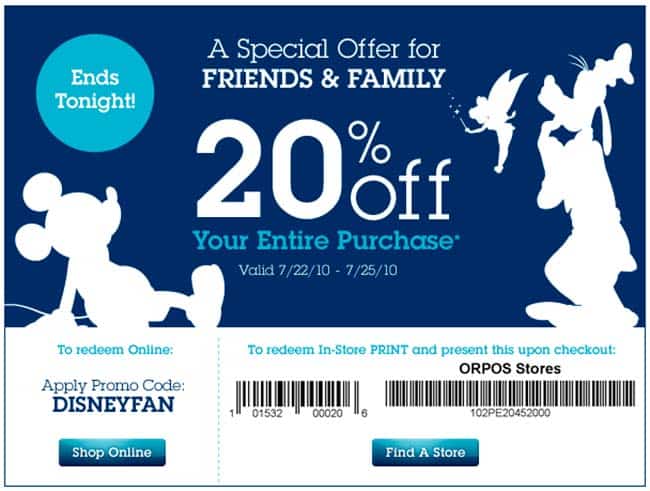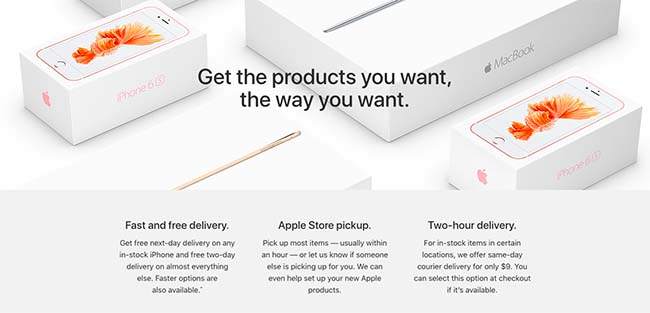The marketing world has changed a lot in the past few decades, with computers and then mobile phones becoming our main resources for communication and exchange. As a result of our evolution into an interconnected society, our marketing tools and approaches have also evolved into better interconnected networks, using multiple channels to communicate and sell...
The marketing world has changed a lot in the past few decades, with computers and then mobile phones becoming our main resources for communication and exchange.
As a result of our evolution into an interconnected society, our marketing tools and approaches have also evolved into better interconnected networks, using multiple channels to communicate and sell to our customers.
Today, 98% of Americans switch between devices in the same day. This marketing evolution has created three specific marketing approaches, categorizing most companies that use technology to appeal to their customers.

The three approaches are: multi-channel, cross-channel and omni-channel, they’re similar, but have distinct characteristics which set them apart.
Discover 3 Tools to gather customer feedback accross all channels.
A lot of marketers use the terms omni-channel and multi-channel marketing interchangeably, but they are not the same.
This blog post defines the three different approaches to online marketing and helps you understand which approach will work the best for your company.
Multi-channel marketing- Multiple, but separate
Multi-channel marketing, is the first kind that became available when internet became a part of the buyer’s journey. In this type of marketing, users are able to use different channels to communicate and purchase from a company, (Ex: Computer, In-person, and telephone) but the channels are disconnected and completely separate.
They work independently from one another and as there is no communication between the channels, customers can’t “jump” from one channel to another during the buyer’s journey.
For example, if a customer looks up a pair of shoes online during the consideration stage of the buyer’s journey, and then later decides to use their mobile app to purchase the shoes at the decision stage, there will be no record of the customer’s online activity once they access the mobile app to buy the shoes. The customer will have to “start over” with his or her purchase and select the shoes again.
In this way, channels in multi-channel marketing are in competition with each other, and customers must choose which channel they would like to work with.
If you are a small new business, implementing multi-channel marketing tactics is a great first step to improving accessibility for your customers. However, multi-channel marketing is quickly becoming obsolete for more established businesses, as multiple marketing channels make their way into our daily lives in a very interconnected manner, which brings us to cross-channel and omni-channel marketing.
Cross-channel marketing- Multiple and connected
Cross-channel marketing is similar to multi-channel marketing with one important difference: with cross-channel, the different channels of communication are connected together.
This means that different channels record and communicate information between them, allowing customers to “cross over” between different channels relatively seamlessly during the buyer’s journey.

An example of cross-channel marketing would be receiving an email survey after shopping in-store that asks about your buying experience. This survey could even include a coupon for 20% off of your next purchase, which you would be able to redeem both online or at the physical store.
Any store representative will be able to scan the coupon and apply the coupon, but the customer will also be able to enter a coupon code in during online check out and receive the same coupon on a different channel.
In this example, the channels will communicate with each other by first creating an online survey based on an in-person experience, and secondly by checking the validity of the coupon. For instance, once the coupon is used online, it will no longer be able to be redeemed at the store, and vice-versa.

This Disney coupon offers both an online and an in-store redeem option.
In 2018, most companies have already embraced cross-channel marketing in one way or another, but there is still room for improved communication and accessibility within cross-channel.
Therefore, here comes the third type of marketing: omni-channel, which takes communication and accessibility to a complete next level.

Apple offers the option to order online and then pick-up in store, within an hour.
Omni-channel marketing- Multiple and interactive
Omni-channel marketing is the most advanced type of marketing, and not only does it use multiple channels that communicate back and forth with each other, but these channels actually work seamlessly together and often at the same time, to provide customers with a comprehensive experience across all channels.
The aim of this type of marketing is to “break the barrier” between the online and offline world.
Probably the best example of omnichannel marketing is the growing use of virtual reality when shopping. Shiseido is a great example of a company that is enabling its customers to use two different channels at once: a brick & mortar store and a tablet, with their “Shiseido Makeup Mirror” The mirror puts an image of the customer’s face onto a tablet in the store, and then allows the customer to “virtually” try on makeup before committing to a purchase.
You can also take “stills” of the images so that you can think about the decision at home and then make the purchase online. In this way, the different channels work together seamlessly to provide you with an outstanding customer experience.
If you are a company looking to stand out from the crowd, give your customer’s an unforgettable experience and position yourself as an industry tech leader, then it’s worth the investment to consider embracing omni-channel marketing.
This type of marketing is only getting increasingly popular, customers are demanding complete transparency and accessibility in the way they shop, this is what provides them the ultimate customer experience.
Whether you embrace multi-channel, cross-channel or omni-channel marketing, the most important thing is that you are putting your customer experience at the forefront of your marketing strategy. Making the buying process as easy and intuitive as possible is the key to catapulting your marketing as the next century leader.








